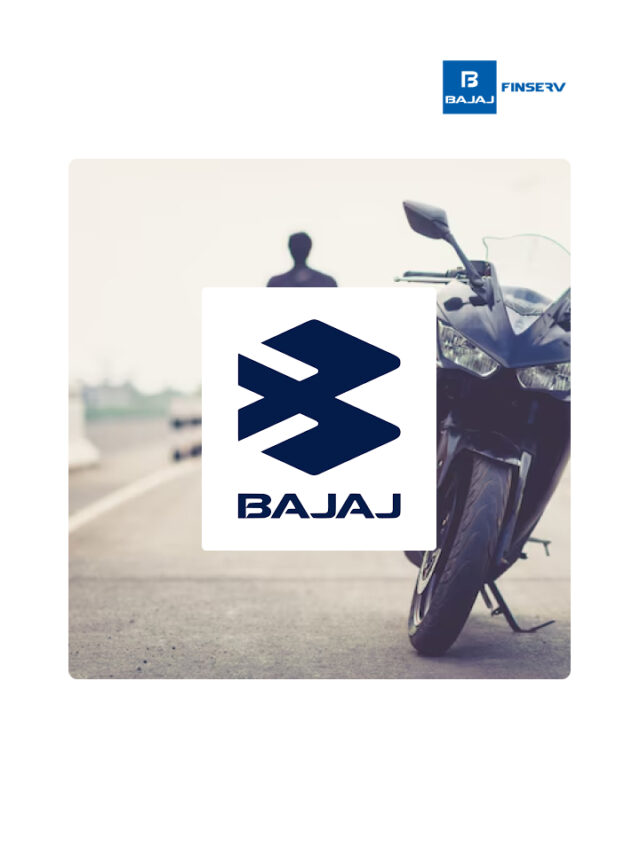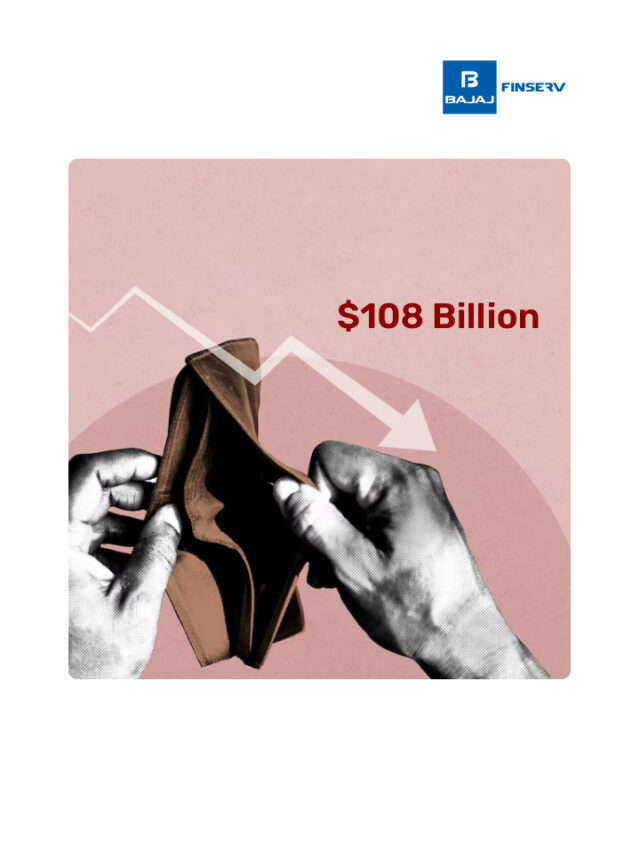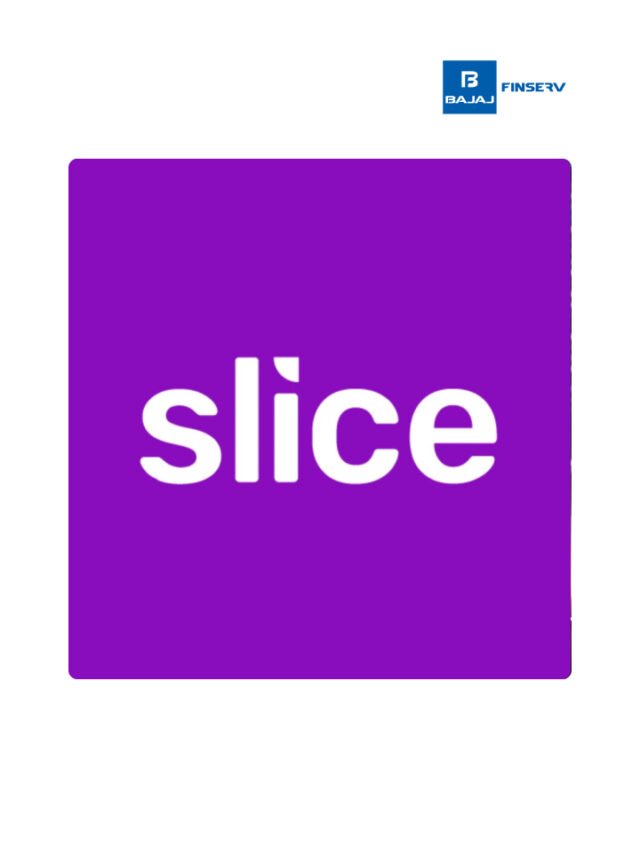What is Cut-Off Price in IPO Application
Last Updated on October 10, 2023 by BFSLTeam BFSLTeam

Investing in the stock market presents an exceptional avenue for wealth expansion; IPOs, especially, provide a thrilling opportunity to invest in companies as they commence their public journey. During your application for an IPO within India’s environs, you are likely to encounter the term “Cut-Off Price.”
- Cut-Off Price: The Cut-Off Price, also referred to as the “Floor Price,” is the minimum price at which investors can bid for shares during an IPO. It is the lowest price at which the company is willing to issue shares to the public.
- Book Building Process: In India, IPOs are typically issued through the book-building process. During this process, investors bid for shares within the IPO Price Band. They can place bids at various price levels within the range.
Also Read: What is IPO grading?
Table of Content [hide]
Understanding the Significance of Cut-Off Price
Now that we know what Cut-Off Price is, let’s delve into its significance:
- Price Discovery: The Cut-Off Price plays a crucial role in determining the final price at which the shares will be allotted to investors. It’s a part of the price discovery mechanism in the book-building process. The final issue price is often decided based on the demand for shares at different price levels.
- Ensures Fairness: Setting a Cut-Off Price helps ensure fairness in the allotment of shares. Investors who bid at or above the Cut-Off Price are more likely to receive shares, while those who bid below it may receive a partial allotment or none at all.
- Minimum Investment: The Cut-Off Price also serves as a reference point for investors to determine the minimum amount they need to invest to participate in the IPO. It helps investors calculate the minimum value of shares they can acquire.
- Price Stability: By setting a Cut-Off Price, the company and underwriters aim to maintain stability in the share price once the stock begins trading on the secondary market. This price floor discourages aggressive underpricing and speculative trading.
How Does the Book Building Process Work?
To better understand the role of Cut-Off Price in IPOs, let’s explore how the book building process works:
- Bidding Period: When an IPO is announced, there is a specific period during which investors can place their bids. This period typically ranges from 3 to 7 days.
- Bid Price: Investors can place bids at different price levels within the IPO Price Band. They specify the number of shares they want to bid for at a particular price.
- Categories of Investors: IPOs often have separate categories for retail investors, high-net-worth individuals (HNIs), and institutional investors. Each category may have different application and allotment criteria.
- Cut-Off Price: During the bidding process, investors can also choose to bid at the Cut-Off Price. By doing so, they are essentially saying they are willing to buy shares at the final issue price determined by the company and underwriters.
- Price Discovery: The demand for shares at different price levels is recorded. Once the bidding period ends, the company and underwriters analyse the bids and determine the final issue price, often at or near the highest price at which there is sufficient demand.
- Allotment: Based on the final issue price, shares are allotted to investors. Those who bid at or above the final issue price are more likely to receive full allotments, while others may receive partial allotments or none at all.
- Refund: If an investor’s bid is not accepted or is only partially accepted, they receive a refund for the excess amount they had blocked in their bank account.
Additional Read: How Can You Analyse An IPO?
Examples of Cut-Off Price in IPO Applications
Let’s consider a hypothetical IPO to illustrate how Cut-Off Price works:
Company XYZ Ltd. plans to go public and announces an IPO with a Price Band of ₹100 to ₹120 per share. The Cut-Off Price is set at ₹120.
- Investor A bids for 100 shares at ₹110.
- Investor B bids for 50 shares at ₹115.
- Investor C bids for 200 shares at the Cut-Off Price of ₹120.
After the bidding period ends, the company and underwriters analyse the bids. They find that there is strong demand for shares at ₹120, but not as much at lower prices. Therefore, they decide to set the final issue price at ₹120.
- Investor A receives 100 shares at ₹120 each.
- Investor B receives 50 shares at ₹120 each.
- Investor C receives 200 shares at ₹120 each.
In this example, Investor A and B receive shares at the Cut-Off Price, while Investor C also receives shares at the same price because they bid at the Cut-Off Price. Investors who bid below ₹120 may receive a partial allotment or none at all.
Additional Read: Benefits of Investing in IPO
Wrapping Up
Within the realm of IPOs, mastering the concept of Cut-Off Price proves indispensable for investors: it sets not only the minimum price at which shares are purchasable, but also becomes a cornerstone in determining prices. By presenting bids that meet or exceed this Cut-Off Price – actively demonstrating their willingness to invest– investors dictate terms; they stake their claim on final issue prices formed through demand during the book building process.
Frequently Asked Questions (FAQs)
Yes, applying at the cut-off price in an IPO means you’re willing to buy shares at the final price set by the company and underwriters. It can increase your chances of getting shares but may not guarantee allotment if demand is too high.
The cut-off price is the lowest price at which you can bid for shares during an IPO. It’s the price floor set by the company and underwriters, indicating the minimum cost per share you’re ready to pay.
The cut-off time for IPO applications is usually the end of the IPO bidding period, which can last for several days. You must submit your application before this deadline to participate in the IPO.
The company going public and its underwriters, like banks or financial institutions, jointly decide the cut-off price. They consider investor demand and set the final issue price, often near the cut-off price, to determine share allotments.










